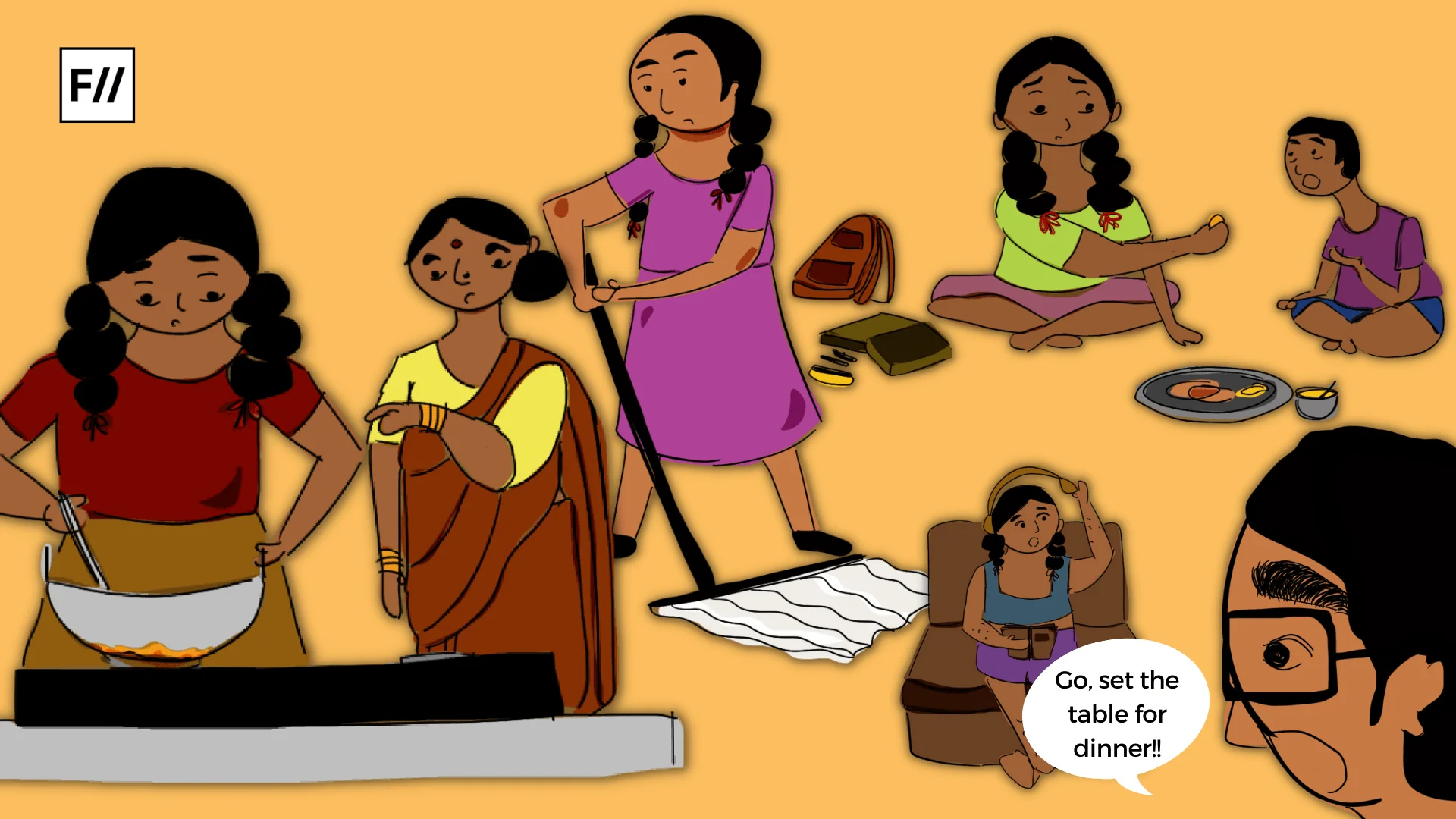Since 13th May 2022, several cases of monkeypox have been reported across the world, as stated by the World Health Organisation. Monkeypox is a condition where there are boils all over one’s body, and the symptoms are similar to those of smallpox. The disease originates from the monkeypox virus that is transmitted to humans from animals.
As of 21st May 2022, the World Health Organisation has received reports of 92 laboratory-confirmed monkeypox cases and 28 suspected cases from 12 countries where the disease is not endemic, across Europe, the United States, and Australia, and Canada. The reportage for the virus and its spread has, however, been racist and homophobic.
There have been several news media outlets that report that monkeypox is caused due to MSM (men who have sex with men), with no effective scientific backing. To add to this, there have been depictions of monkeypox on people of colour in reportage, especially laBck people, further perpetuating the stigma that the virus is caused due to countries in Africa. For the media, the outbreak seems to have been caused by Black individuals, and queer men.

Although the disease has been considered endemic in 11 African nations, the racist and homophobic reportage of it creates stereotypes, connoting Black and queer individuals to the disease, which is harmful and can likely increase the already existing crimes against them. International media outlets like the BBC, Sky News, Reuters, and ABC News, and even Indian media outlets have used (in some cases, decades-old) images of Black bodies to supplement their articles and stories related to the monkeypox outbreak.
An example is how here, the BBC has reported the spread of the virus in White countries but features images of Black bodies infected with the disease. It is also worth noting that within the same article, we see a White man working with regards to the scientific research on monkeypox.
Is this in a way reinforcing the colonial idea that White people are our saviours when it comes to outbreaks like these? No African country has been mentioned in the article, and yet, the reportage focuses specifically on Black bodies for visual emphasis.
news reportage should essentially be on ground and they must therefore report the cases from the European countries where the outbreak is currently taking place with images of people from the location. There is no justifiable reason to be using old images of African patients with the disease. The racist undertones of such reportage further make it seem like the cause for such diseases are people of colour, mostly Black individuals and White folks are nothing but the victims of the ‘carelessness’ of the former
A statement by the Foreign Press Association in Kenya, a group for journalists covering Africa for global outlets reads, “We condemn the perpetuation of this negative stereotype that assigns calamity to the African race and privilege and immunity to other races.”
On enquiring further, the response for such reporting was pinned on the fact that the disease is endemic in African regions, and the images available online are of the people from the same region. However, it makes no sense to use this statement as an excuse, because news reportage should essentially be on the ground and they must therefore report the cases from the European countries where the outbreak is currently taking place with images of people from the location.
There is no justifiable reason to be using old images of African patients with the disease. The racist undertones of such reportage further make it seem like the cause for such diseases are people of colour, mostly Black individuals and White folks are nothing but the victims of the ‘carelessness’ of the former.
Also read: The Slow Upward Social Mobility Of Darker Skinned Immigrants In The United States
Furthermore, the general trend of reporting monkeypox rests on the idea that the virus is ‘common’ in gay and bisexual men i.e. mostly among men who have sex with other men. In reality, the virus can be contracted by anyone when they come in contact with a person who has been infected. Targeting a particular community of people not only stigmatises them and damages their security, but it also is largely harmful to public healthcare as it spreads misinformation and rumours about the disease, making people vulnerable to the same.
UNAIDS says, “Experience shows that stigmatising rhetoric can quickly disable evidence-based response by stoking cycles of fear, driving people away from health services, impeding efforts to identify cases, and encouraging ineffective, punitive measures.”
The condition aggravated to such an extent where many migrant labourers were sprayed with disinfectants on their way, the chemicals of which are clearly harmful if used in such manner. The term ‘social’ distancing*, in fact, became a reality as the migrants were ‘socially’ distanced by the privileged for spreading the virus, when in fact, it was the elite who brought the virus to the country in the first place
This is not the first time that the media has fabricated evidence based on race, sexuality or gender. The Spanish flu that was a rather deadly spread of influenza, which originated in the United States was called the name just because Spain did not have media censorship in reporting the influenza.
The Spanish felt, and to a very great degree were, stigmatised by this. When the COVID-19 outbreak occurred, a huge wave of anti East Asian sentiments was experienced throughout the world. People started labelling the virus as ‘Chinese Virus’ with even the then president of the United States, Donald Trump calling it the same. In India, a man eating paan spat on a Manipuri girl and called her “corona” because of the stereotype that North-Eastern indians are in fact ‘Chinese’ looking.
Along with this, the early waves of the pandemic were blamed on the Tablighi Jamaat, a Muslim community, that was demonised by the media and the public for purportedly spreading Covid-19. At the same time, during the initial stages of the lockdown in India, migrant workers (most of whom belong to marginalised castes) had to walk back to their homes, travelling thousands of kilometres, without any initial transportation facilities.

Almost 198 migrant workers died due to this mishap. To add to their sufferings, the people of the country, ridiculed and ostracised them for spreading the virus. This stereotype led to several negative consequences for them (ranging from social media posts against them, stopping their entry into the residential areas, and spreading rumours against them on the basis of their religion, class, and caste, in which the media played an active role as well.
The condition aggravated to such an extent where many migrant labourers were sprayed with disinfectants on their way, the chemicals of which are clearly harmful if used in such manner. The term ‘social’ distancing*, in fact, became a reality as the migrants were ‘socially’ distanced by the privileged for spreading the virus, when in fact, it was the elite who brought the virus to the country in the first place.
To reiterate, depictions of viruses and diseases that are attributed to a particular marginalised race, caste, class, gender, sexuality or any such identity, is harmful to them and perpetuate stereotypes that further reinforce social stigma and ostracism of the most vulnerable sections of the society.
Also read: A Gendered Analysis Of The Shift In International Relations During COVID-19
*Note: The correct term is ‘physical distancing’, since COVID requires us to distance from each other physically, while social distancing has always been a part of our lives, where the privileged distance themselves from marginalised individuals. ‘Social’ distancing is characterised by stigma related to race, caste, gender and so on
Featured Image Source: The Indian Express
About the author(s)
Meghna(she/her) is a humanities student from St. Xavier's College, Mumbai who is fond of everything sociology and psychology. She loves animals, reading and art




